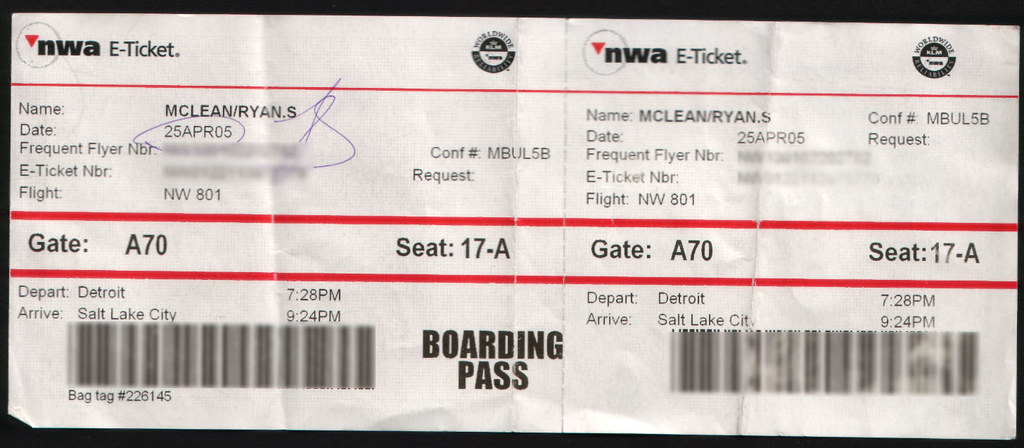In the labyrinth of human relationships, the dynamics within tight-knit friend circles often oscillate between playful teasing and hurtful bullying. This dichotomy can leave some individuals feeling like perpetual punchlines rather than cherished group members. The question then arises: at what point does banter become bullying? Let’s dive deep into the heart of friend group dynamics, where love and laughter collide with pain and power plays.
The Sacred Sanctum of Friendship
Friendship is a sanctuary where secrets are shared, and bonds are forged. Within this sacred space, it’s not uncommon for friends to rib each other, leveraging their deep knowledge of one another’s quirks and foibles. However, there is a thin line between lighthearted teasing and targeted taunting. Crossing this line can transform a group’s dynamic from supportive to suffocating.
A 2006 study on group dynamics and bullying underscores how these interactions often stem from social contagions formed during our formative years. As individuals align with those who share their sentiments and behaviors, a hierarchy naturally develops within the group. This pecking order can leave some feeling less like friends and more like common punching bags, subjected to everyone’s wrath and the butt of every joke.
The Impact of Targeted Teasing
The repercussions of being the targeted individual in a friend group are profound. Consider Bee, a language trainer who, after years of being demeaned by her friends, decided to stand up for herself. The result was a splintered friend group and a newfound recognition of the difference between teasing and bullying. Similarly, Nina, a travel writer, shared her experiences of being labeled the ‘dimwit’ of the group. While this role was occasionally entertaining, it often left her feeling undervalued and unseen.
The Psychology Behind Friend Group Bullying
Why does this happen? According to Aryanne Oade, author of “Bullying in Teams: How to Survive It and Thrive,” the motive behind bullying in groups is twofold: to undermine the target and to shift the group dynamic in favor of the bully. This manipulation encourages others to join in the bullying to maintain their status within the group, perpetuating a cycle of exclusion and mockery.

Navigating the Fine Line: Case Studies
Not all tales of friend group bullying end in estrangement or hurt feelings. Some, like Gaurav, a shipbroker, have found ways to address the issue without severing ties. Gaurav views the occasional ribbing as part of the group dynamic, speaking up when things go too far, and absorbing jokes to prevent conflicts among less resilient members.
The stories of those who’ve felt like the ‘group punching bag’ shed light on a complex issue: the balance between bonding through banter and the harm caused by relentless ridicule. Therapist Sadaf Vidha suggests that entrenched roles within friend groups, stemming from low self-esteem or a need for control, harm both the bullied and the bully, stifling personal growth.
Strategies for Healthy Group Dynamics
The key to navigating this fine line lies in communication and vulnerability. Expressing how certain jokes or actions make us feel can help to recalibrate the group dynamic, fostering an environment where everyone feels valued and respected. Open dialogue can prevent misunderstandings and ensure that playful teasing does not cross into harmful territory.
Establishing clear boundaries is essential. While banter can be a part of friendship, it should never come at the expense of someone’s well-being. Each group member must recognize and respect these boundaries, ensuring that their jokes and actions do not inflict emotional harm.

Empathy plays a crucial role in maintaining healthy group dynamics. Understanding the impact of one’s words and actions on others can prevent the escalation of teasing into bullying. By fostering an empathetic environment, friends can support each other rather than tear each other down.
Navigating the fine line between teasing and bullying within friend groups requires vigilance, empathy, and open communication. While it’s natural for friends to poke fun at each other, it’s crucial to recognize when playful teasing turns into something more harmful. By understanding the dynamics at play and addressing issues head-on, we can foster healthier, more inclusive friendships where everyone feels seen, heard, and valued. After all, at the heart of every joke should be affection, not affliction.
The journey from camaraderie to conflict in friend groups is fraught with challenges. However, by maintaining open communication, setting boundaries, and fostering empathy, we can ensure that our friend groups remain sources of support rather than stress.
Related posts:
What It’s Like To Be the Punching Bag of Your Friend Group
Are My Friends Bullying Me?





